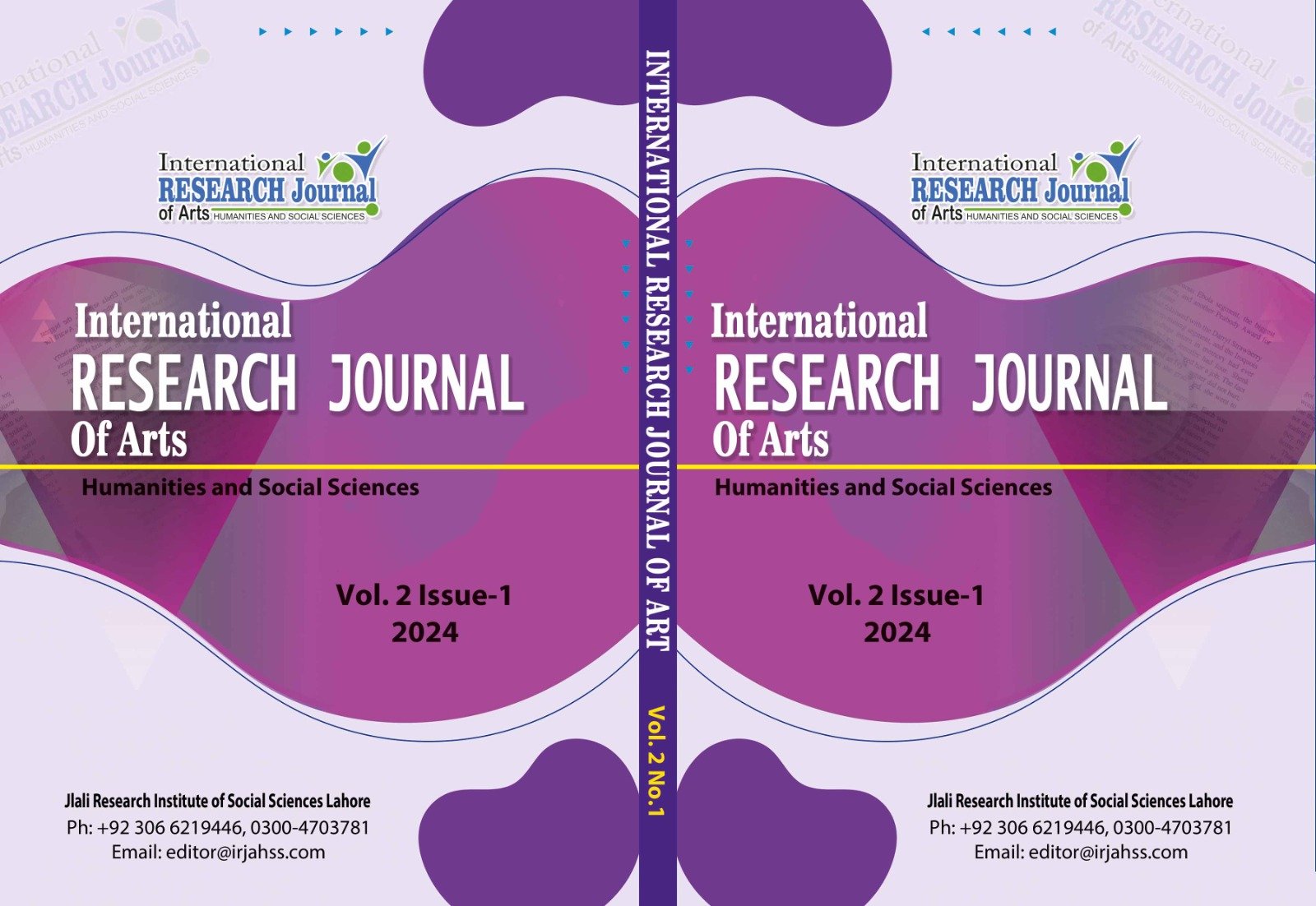Symbolism and Spiritual Insights in Shah Waliullah’s Mukāshafāt: A Hadith-Based Analysis
Keywords:
symbolism, spiritual visions, Islamic mysticism, epistemology, tasawwuf, Prophetic traditions, Islamic spirituality.Abstract
This study delves into the symbolic and spiritual dimensions of Mukāshafāt (revelatory visions) as experienced and recorded by Shah Waliullah al-Dihlawi, one of the most influential scholars and mystics of the Indian subcontinent. By employing a Hadith-centric analytical framework, the research examines the thematic content, metaphors, and spiritual meanings embedded in these visions. The study investigates how Shah Waliullah interprets his spiritual unveilings in light of Prophetic traditions, and how he bridges rational theology, mysticism (tasawwuf), and Hadith scholarship. Special focus is placed on the epistemological status of mukāshafāt in Islamic thought and their validation through Hadith evidence. Furthermore, the research highlights Shah Waliullah’s role in integrating symbolic mystical experiences with textual orthodoxy, offering insights into the balance between personal spirituality and the Prophetic model. The study aims to contribute to contemporary Islamic spirituality by
re-examining classical mystical experiences within a Hadith-based framework.
Downloads
Downloads
Published
Issue
Section
License
Copyright (c) 2024 International Research Journal of Arts, Humanities and Social Sciences

This work is licensed under a Creative Commons Attribution 4.0 International License.
Disclaimer: The International Research Journal of Arts, Humanities and Social Sciences (IRJAHSS) upholds the principles of open access, ensuring unrestricted access to scholarly content to foster the sharing and advancement of knowledge. The opinions expressed in the articles solely belong to the authors and do not necessarily reflect the views or policies of the journal's editorial team, editorial board, advisory board or research institute.






